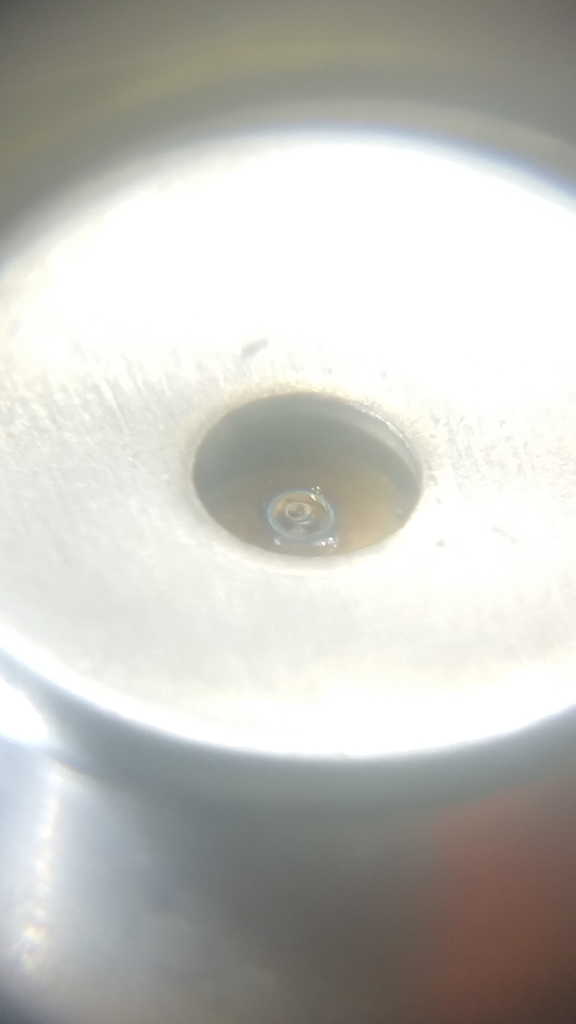gif
0
- Joined
- Mar 13, 2012
- Messages
- 286
- Points
- 18
^It would seem odd to not have enough leeway on the glass. I would like to see a diode run at 5A for a decent amount of time with no lens if this keeps happening. Are we absolutely certain there isn't too much reflected light back onto it? I'm certainly no expert, just throwing it out there. Is that glass absolutely clear with no coating on it? Wish I had the $ to try some things out to help but I can't afford to potentially blow that muchSeriously thank you all for going through all the testing and talking it out right here in the forum so we can all follow along:thanks:
I agree, really appreciate all the folks doing testing on this and providing such detailed feedback.
I am waiting for things to settle down a bit with this diode, before even thinking of doing anything with it :bowdown:







